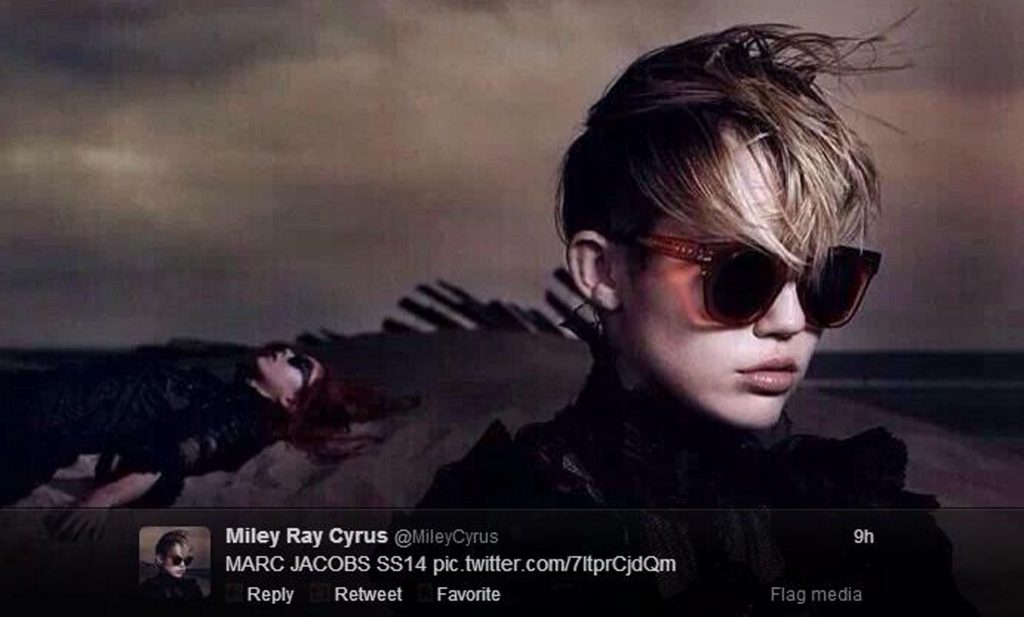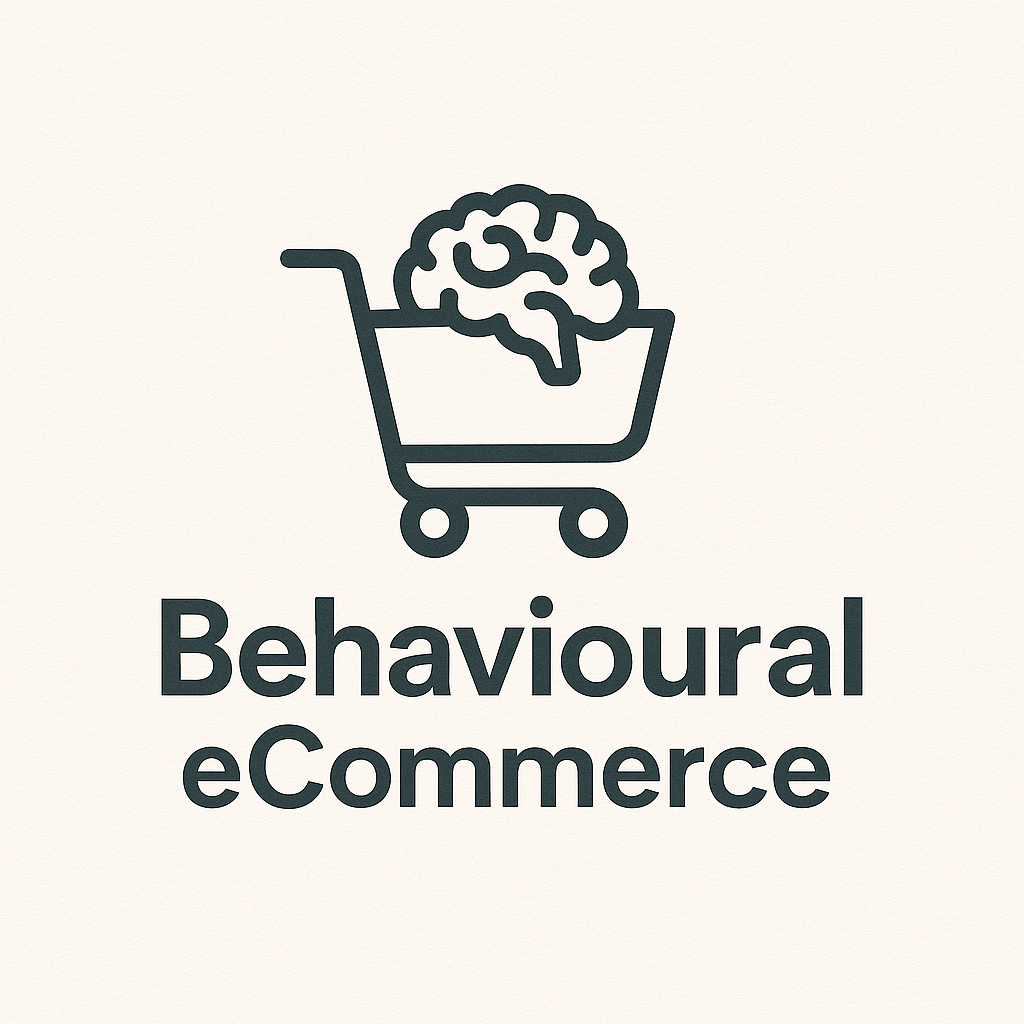A very interesting study I came across piqued my interest in a topic which frankly I had never even considered before:
Can manipulating the salience of death influence purchasing decisions for luxury goods?
Turns out the answer is yes, yes it can.
A study of 148 undergraduate students in the US found that purchasing decisions for wallets and sunglasses increased (compared to control groups) when the thought of death was made salient by answering the following question – “Please briefly describe the emotions that the thought of your own death arouses in you” (Geiger‐Oneto & Shehryar, 2025).
This is posited to be due to the self-esteem boost that purchasing luxury items can give can help to attenuate the fear felt through death becoming front and centre of our minds (explained through the concept of Terror Management Theory) (Solomon et al., 1991).
And as it turns out, this is a fairly well established effect.
Exposure to death related stimuli led to consumers purchasing (and consuming) more food related items (Mandel & Smeesters, 2008) with the effect most noticeable in consumers with low self esteem. Other studies have found that high status items (ie luxury items) are found more preferable by individuals that are subtly reminded of death (Mandel & Heine, 1999).
How can you use this for eCom?
It may take a bold person to choose to leverage the salience of death for eCommerce, although if you have any good examples for online stores please do let us know.
eCommerce stores could potentially leverage supporting product imagery to subtly induce the salience of death, or product naming conventions and descriptions. Studies have found that even the exposure to insurance brand logos can be enough to induce mortality salience (Fransen et al., 2008), therefore even minor influences may help to induce the desired effect. However, all of this should be considered as part of overall goals and the risk of backlash for pursuing what seems like quite an extreme method to get more sales should not be understated.
Some examples of luxury brands leveraging mortality in their marketing and advertising campaigns have been met with controversy. A 2014 Marc Jacobs campaign for their 2014 Spring collection featuring a pale-faced Miley Cyrus next to what looks like a dead body was covered and criticised by press outlets. Whether it increased sales is unknown, however, it serves to show that it’s a risky decision to leverage this in such an overt manner.

(https://www.independent.co.uk/news/people/news/miley-cyrus-poses-with-dead-girl-in-first-major-fashion-campaign-for-marc-jacobs-9048446.html)
Sources
Fransen, M. L., Fennis, B. M., Pruyn, A. T. H., & Das, E. (2008). Rest in peace? Brand-induced mortality salience and consumer behavior. Journal of Business Research, 61(10), 1053–1061. 10.1016/j.jbusres.2007.09.020
Geiger‐Oneto, S., & Shehryar, O. (2025). Consumer fantasies, feelings, fun …, and death? How mortality salience invokes consumers’ fantastical thoughts about luxury products. Journal of Consumer Behaviour, 24(1), 58–74. 10.1002/cb.2406
Mandel, N., & Heine, S. J. (1999). Terror Management and Marketing: He Who Dies with the Most Toys Wins. Advances in Consumer Research, 26, 527. https://www.proquest.com/docview/1839797852
Mandel, N., & Smeesters, D. (2008). The Sweet Escape: Effects of Mortality Salience on Consumption Quantities for High‐ and Low‐Self‐Esteem Consumers. The Journal of Consumer Research, 35(2), 309–323. 10.1086/587626
Solomon, S., Greenberg, J., & Pyszczynski, T. (1991). A Terror Management Theory of Social Behavior: The Psychological Functions of Self-Esteem and Cultural Worldviews. Advances in Experimental Social Psychology (pp. 93–159). Elsevier Science & Technology. 10.1016/S0065-2601(08)60328-7
